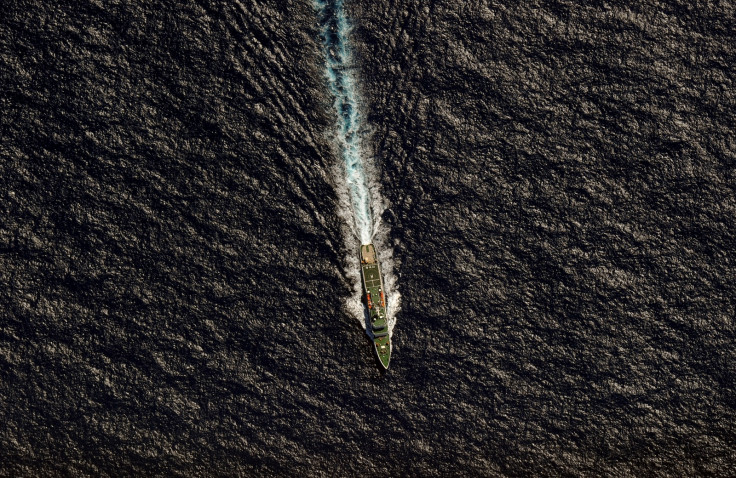New MH370 investigation report concludes plane likely north of current search area
The report suggests extending the ongoing search to 25,000sq km north of the existing area.
Experts leading the search for the doomed Malaysia Airlines flight MH370 have said there is a "high degree of confidence" that the missing aircraft will not be found in the area where the search is being carried out. The wreckage is likely to be located approximately 25,000sq km north of the identified search area, a report released by the Australian Transport Safety Bureau (ATSB) on Tuesday, 20 December, said.
The report, titled "MH370 – First Principles Review", also stated that if the search is extended to the newly identified area, it will exhaust all possible locations of finding the MH370 wreckage. However, Australian authorities leading the search are unlikely to grant an extension beyond the identified seafloor in the southern Indian Ocean.
The report stated that analysis of the last two satellite transmissions – the likely position of the aircraft's flaps at impact – and results from recent end of flight simulations triggered a review of the existing search area.
"There is a very high level of confidence in the search results to date in the current indicative search area. The high resolution sonar coverage is very high and the data has been subjected to a very thorough analysis," experts said in the report.
"The area has been searched to a level of confidence >95% without identifying the aircraft debris field," it added.
The report also said that international investigators have found the "most likely impact location of MH370 as being close to the 7th arc1 (within ~25 NM) and bounded by latitudes of approximately 33°S to 36°S".
The conclusions in the report are based on an updated independent analysis of the satellite data, the drift analysis of the missing airplane, and several other factors. The conclusions were drawn following a three-day meeting in Canberra, Australia, between 2 and 4 November.
While the report hinted at extending the current search in the designated 120,000sqkm that has already cost Australia, Malaysia and China close to $150m (£121m), Australian Transport Minister Darren Chester suggested an extension was unlikely. The ongoing search is due to end in January 2017, with only 10,000sqkm area remaining to be combed.

Chester reportedly said in a statement that the new report "does not give a specific location of the missing aircraft" and thus, stretching the search operation is not possible.
"As agreed at the Tripartite Ministers meeting in Malaysia in July we will be suspending the search unless credible evidence is available that identifies the specific location of the aircraft.
"The search for MH370 has been the largest in aviation history and has tested the limits of technology, and the capacity of our experts and people at sea," the Associated Press quoted him as saying in the statement.
Meanwhile, Australian government oceanographer David Griffin, who worked on the drift analysis, said he was confident of the newly identified search area, but added that the new finding does not rule out that the plane was missed in the existing search area.
"It could have been where we were searching, absolutely, but the new information does clarify that immediately north is more likely," Griffin reportedly said.
The Beijing-bound Boeing 777 from Kuala Lumpur went missing on 8 March 2014 with 239 passengers and crew on board.
© Copyright IBTimes 2025. All rights reserved.





















